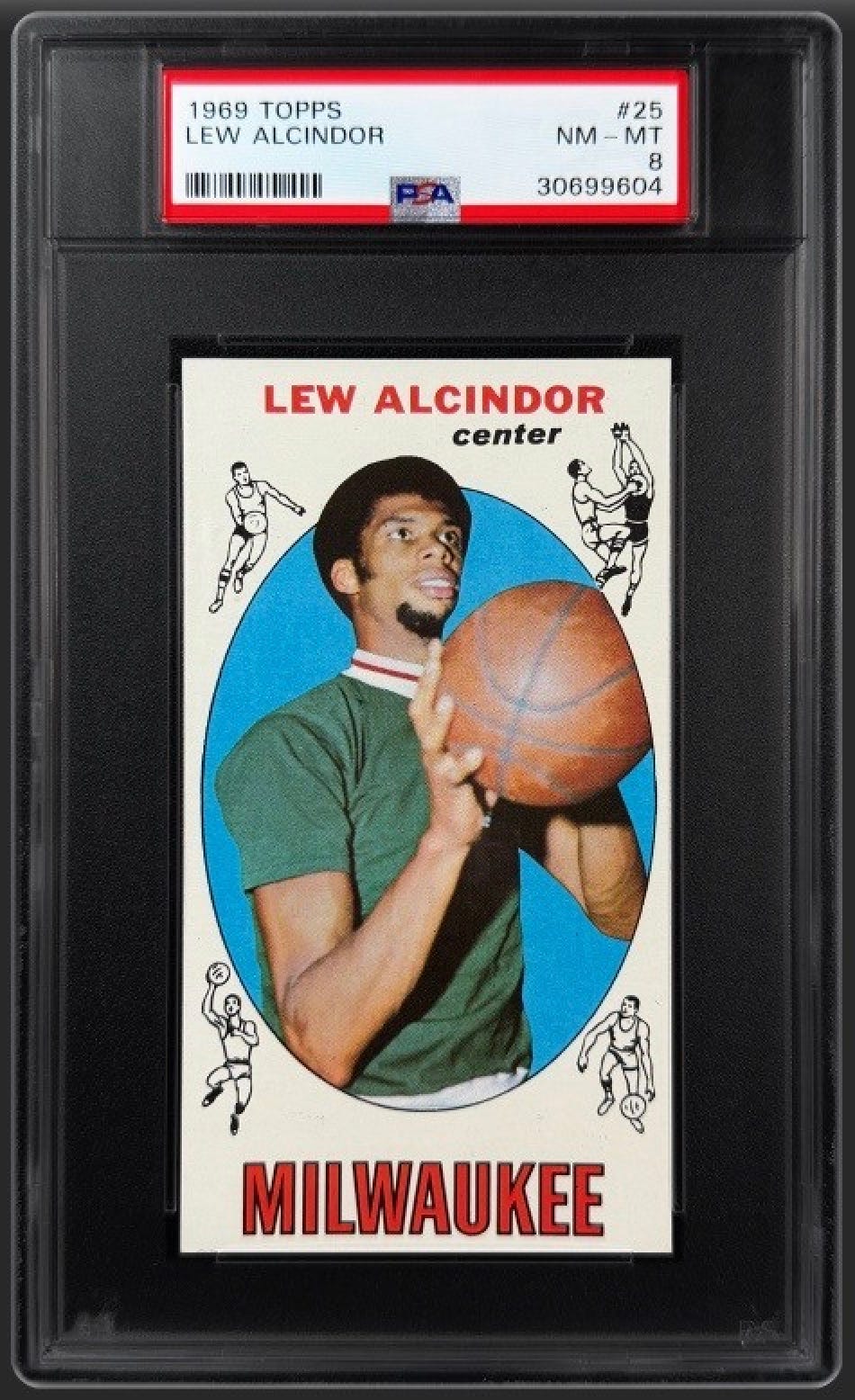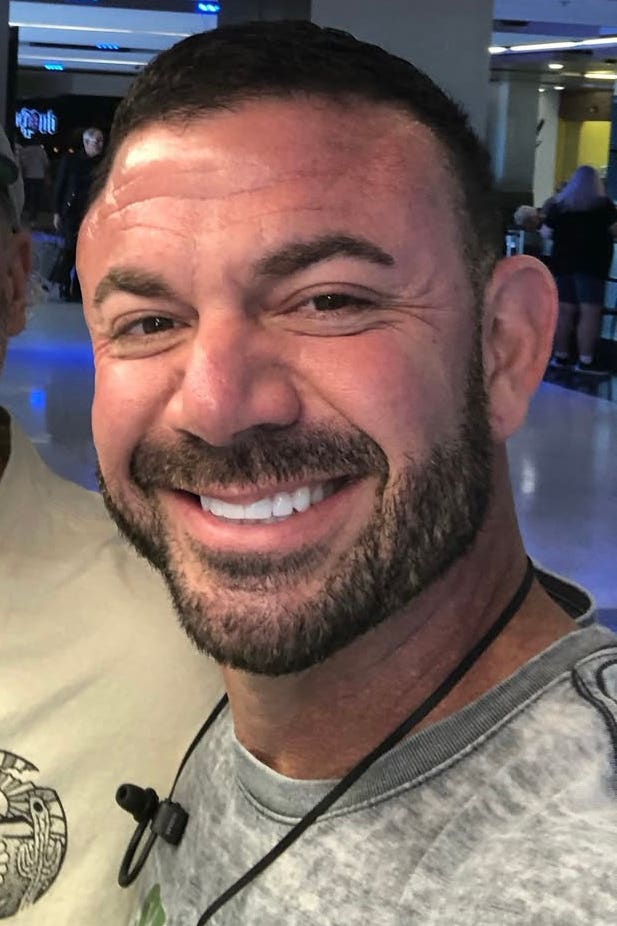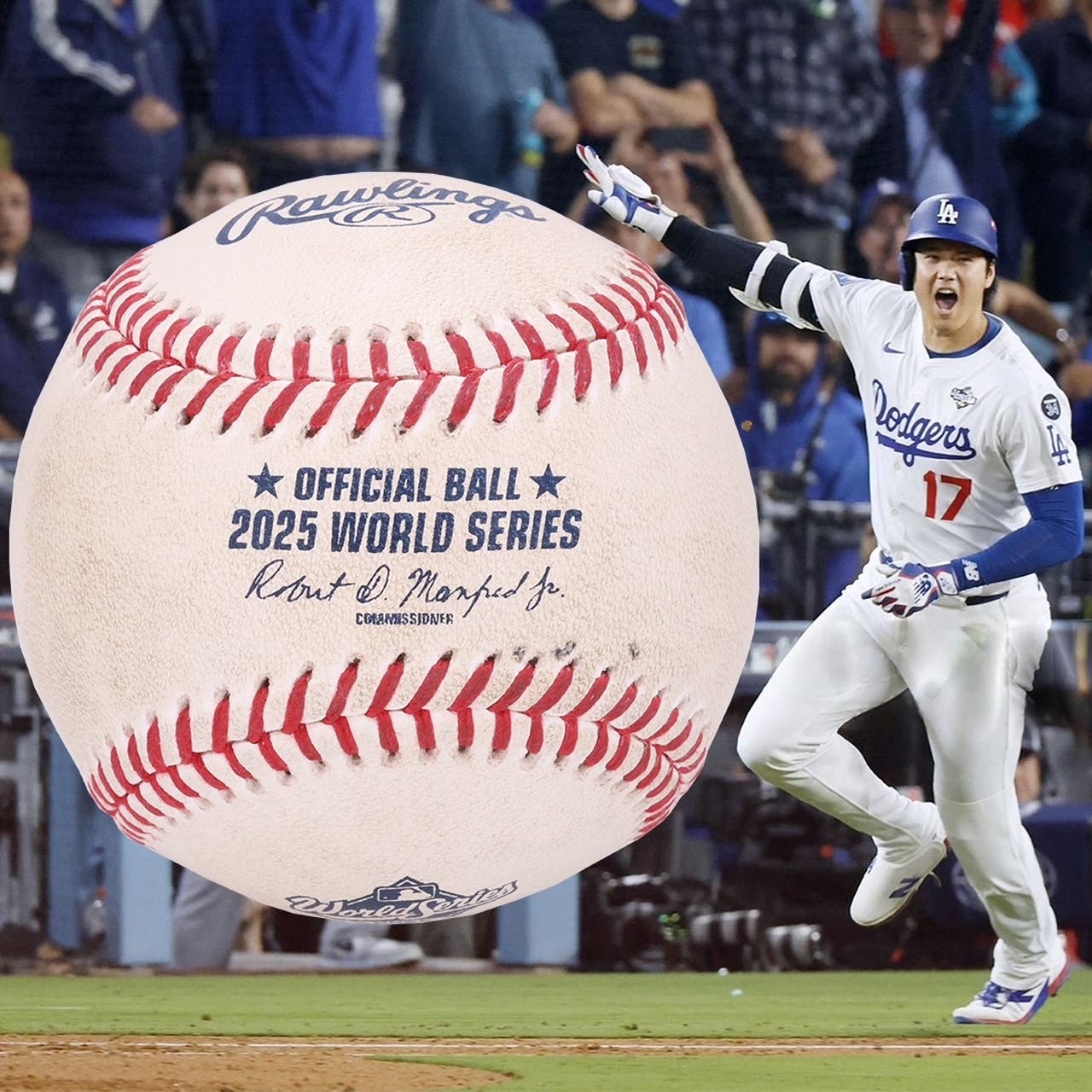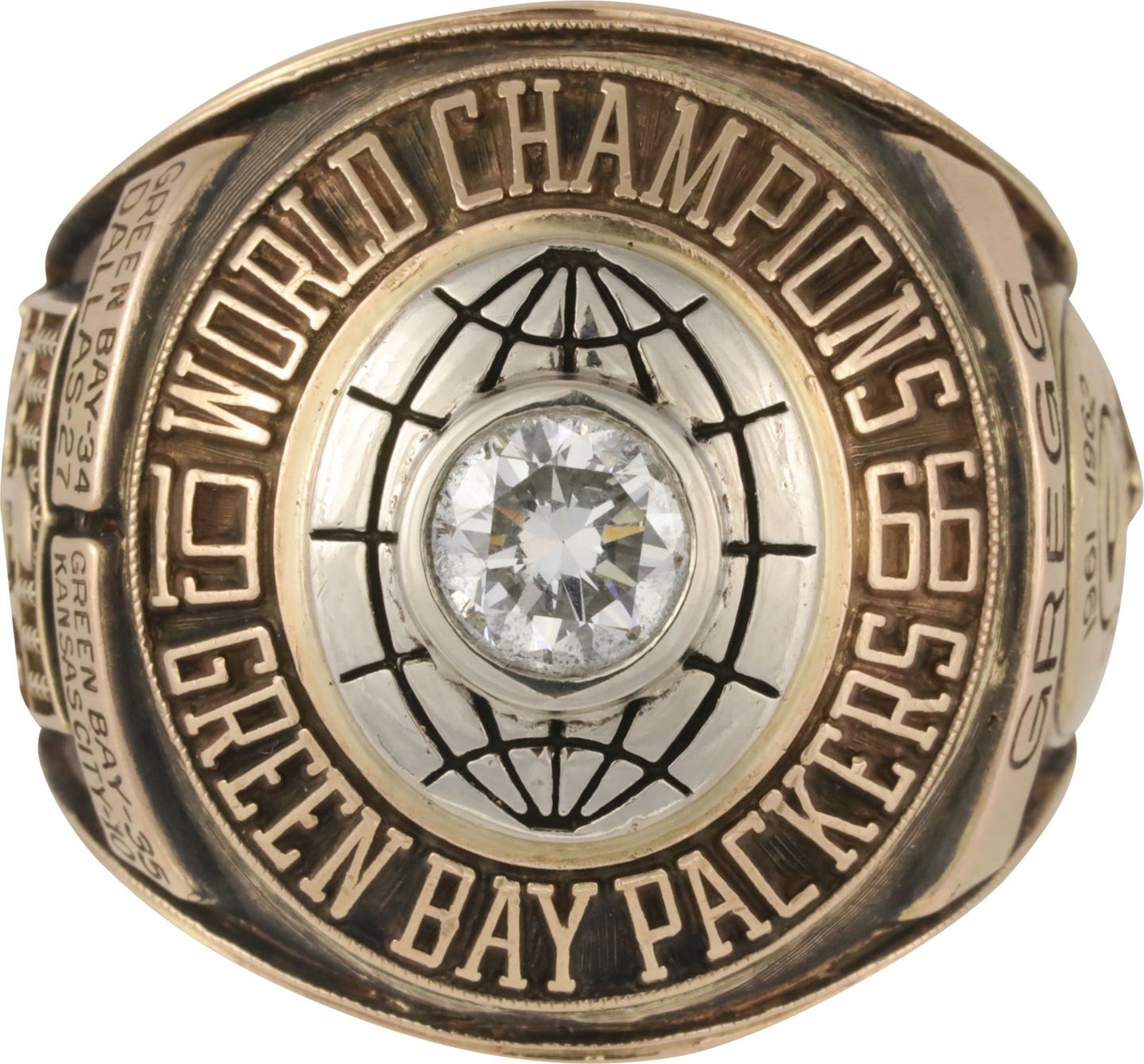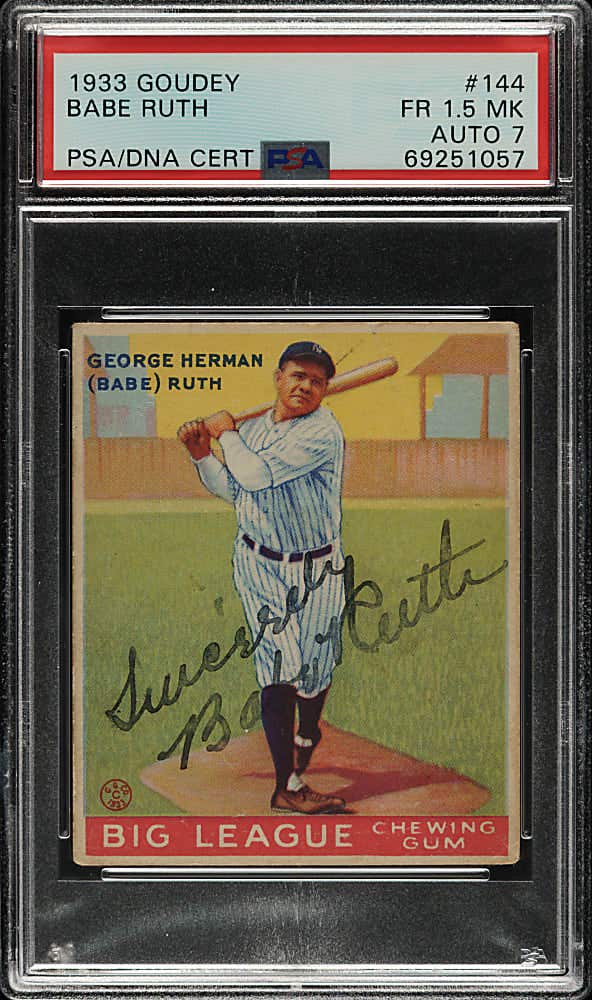Collecting 101
The Story Behind It All: Aaron’s 755th HR Ball
It started back on July 20, 1976, with a Dick Drago slider that Hank Aaron deposited into the left-field bleachers, but that was just the beginning of the saga of the 755th home run baseball. With just 10,154 looking on at Milwaukee County Stadium, the aging slugger pulled the Drago pitch down the line for what turned out to be the final roundtripper in Aaron's historic career. With 77 games still remaining on the schedule, nobody envisioned it would be Aaron's last blast, but a knee injury afforded him just 65 more at bats down the stretch and none of them produced another long ball. Sitting in the left-field bleachers that day were Richard Arndt, Ron Carlson and the rest of the Brewers' groundskeeping crew. Arndt hustled over and retrieved the ball and returned to his seat among the crew, never once thinking how this recent series of events would ultimately change his life forever. A 29-year-old Madison native, Arndt had signed on to be a part of the groundskeeping crew that year with hopes of meeting his boyhood idol, Aaron, before he retired at season's end. With No. 755 in tow, Arndt headed down to the Brewers dugout at the conclusion of the game, where he hoped to get a photo of himself delivering the ball to Aaron. When he got there, he was greeted by Brewers equipment manager Bob Sullivan, who denied his request, citing the team was too busy in a meeting and packing for an impending road trip. Sullivan suggested that Arndt turn the ball over to him and he would relay the ball to Aaron after the meeting. With the realization of his dream closer than ever, Arndt decided to keep the ball with hopes of giving it to Aaron when the team returned from the road trip. Unfortunately for Arndt, his dream never came to fruition, as the Brewers fired the groundskeeper later that day for not returning what they deemed "club property" back to the team. Adding insult to injury, the Brewers also docked Arndt $5 from his final paycheck to cover the cost of the horsehide. "At the time, I thought no big deal because it was only July and we all thought he'd definitely hit another home run," Carlson recalled in a recent interview. "So after the game we're working on the field and Arndt goes over to the Brewers dugout and he wants to get a photo taken of him giving the ball to Aaron but they say, 'Oh gosh, the team is packing for a road trip right now, you can't do it so just give the ball to me and I'll make sure he gets it.' He kept the ball and they fired him because of that." Whether or not Arndt's next move was preplanned to ensure the provenance of the historic ball or not is debatable, but few can question the effectiveness of him getting the story that led to his termination into print. "I always thought that the saving grace for him over the years was a two-inch column that appeared in the Milwaukee Journal," Carlson said. "It said 'Groundskeeper fired for keeping ball' and that helped prove the authenticity of the ball, which turned out to be important down the line." "I wanted to talk to Hank personally about it, and I had some books at home I wanted him to sign," Arndt told the Milwaukee Journal three days after his dismissal. "They said I had to turn it over then or not at all." One More Try Despite being portrayed as a money-hungry thief in the initial stories that appeared in the media, Arndt decided to try to get Aaron to sign the ball a couple of weeks after his dismissal. Because he was familiar with where the players exited the stadium, Arndt and a friend stationed themselves near the player's cars in the parking lot after a game and waited for another chance to speak with his idol. He flagged down Aaron and explained that he was the guy who had caught his 755th home run just weeks earlier and was hoping the hall of famer would sign it. Arndt handed the ball to Aaron and asked the slugger to sign the ball: "July 20, 1976, No. 755." Aaron refused to sign it, and tossed the ball back to Arndt stating that Arndt should have given the ball back to the Brewers. Moving On With his prized collectible in hand, Arndt packed up and moved to Albuquerque, N.M., where he took a job as an office furniture salesman. He secured the 755 ball in a safe deposit box at his bank, where it remained for the next 23 years. Several years passed with Arndt receiving numerous offers from collectors and investors, but he ultimately elected to hold onto the prized relic. Small World Fast forward to the spring of 1982, where the story takes an ironic twist at a local softball tournament in Stevens Point, Wis. Local freelance sportswriter Tim Sullivan was score keeping in the press box when he was informed that a player was ineligible and Sullivan was asked to make him aware of this fact or his team would be forced to forfeit. Sullivan explained the rules violation to the player, but felt bad about the situation so headed down to the bleachers to explain it further. After a thorough explanation of the rules violation, the two begin to exchange sports trivia questions with the player stumping Sullivan with the question: "Who caught Hank Aaron's 755th home run ball?" The man who posed the question was none other than Ron Carlson, Richard Arndt's groundskeeper co-worker back in 1976. Sullivan asked Carlson if he will help him try to track down Arndt so he could interview him for an updated story. Carlson, a Milwaukee native, scrolled through the phone book and made a few calls, but Arndt had since moved and efforts by the two to track him down went unfullfilled. One In A Million A little more than a year passed and Carlson and Sullivan had all but given up on their quest to find Arndt. Meanwhile, Sullivan, a University of Wisconsin-Stevens Point alum, was interviewed for a story that appears in the school's newsletter. During the course of the interview, Sullivan mentioned that one of the projects he was working on was trying to track down Arndt. Unbeknownst to Sullivan, Arndt's mother, Bess, was also an alum of the school. After reading the Sullivan interview in the newsletter from her home in Houston, Bess phoned her son in Albuquerque and informed him of Sullivan's interest in contacting him. "About a half a year later, I got a phone call from a man who said, 'I'm Richard Arndt, I heard you were trying to find me,' Sullivan recalled. "I said 'Yeah, so what?' I had completely forgotten about him." Arndt explained himself further and Sullivan was delighted to finally have his white whale within his reach. Agent For Hire After a lengthy discussion with Arndt that revealed his feelings about being wrongly portrayed by the media, Sullivan suggested writing a story that would tell Arndt's side of the story. "We talked and he said he didn't know how much the ball was worth, but he thought the value would keep going up," Sullivan said. "Then he told me that he thought he should get some kind of representation to ensure he got full value for the ball when he decides to sell it and asked me if I wanted to be his agent. I told him right there that I didn't know much about what an agent does, but that I would do the best I could for him." Sullivan took out several ads in Sports Collectors Digest to see if they were any takers for the cherished collectible. Trade offers and several of the cash variety poured in over the next several years, but Arndt and Sullivan both believed they were all far under market value so the ball remained in the bank vault. "I get a call from a guy offering $100,000. Another guy in California offered a Ty Cobb jersey in a trade for the ball," Sullivan recalled. "Another offer was for a Pete Rose jersey and some other things. I look at it like my job was to make sure Arndt didn't sell the ball for less than it's worth." The two worked out a verbal agreement in which Sullivan would receive 10 percent of whatever the ball ultimately sold for. Upping The Ante After two unsuccessful attempts to get his idol to autograph No. 755, Arndt cleverly found a way to make the third time a charm. In the fall of 1994, Arndt took the ball from the safe deposit box and headed to a Phoenix card show where Aaron was scheduled to sign autographs. He waited in line with the rest of the fans and remained quiet about the ball's origin and his own identity and the hall of famer unsuspectingly placed his signature on the sweet spot without ever knowing how close he was to getting No. 755 in his possession. Arndt shrewdly had a photo taken of himself and Aaron signing the ball, which along with his final paycheck from the Brewers (which included the $5 subtracted for the cost of the ball) and the press clippings from the days after his dismissal provided him with all of the provenance he would need to verify its origin. Sullivan said he wasn't sure why Arndt wanted to get the ball signed and he knew nothing about it until it was a done deal. While today's expert opinions vary on how much value the signature added, most would agree that the addition spiked its value to some degree. "I think it adds more desirability, but to add a dollar amount is very hard," SCP Auctions President David Kohler said.Enter The Hammer Among the numerous offers that came Arndt's way throughout the years, several were from Aaron himself. After the end of his 23rd and final season in 1976 when it was clear that 755 was in fact the record-setter, Aaron made several attempts to work out a deal with Arndt to get the ball back, but no agreement could be reached. The slugger went so far as to have his lawyers draw up a report that reflected what they felt was fair market value for the ball. Their detailed study revealed that market value for the ball was $30,000, which was an insult as far as the Arndt camp was concerned. After a story leaked out into the media that Arndt had Aaron unknowingly sign the ball in Phoenix, Aaron felt duped and leaked a story of his own that questioned the authenticity of the Arndt ball. In what appeared to be an effort to sabotage Arndt's negotiating power and credibility, Aaron claimed in a 1992 Sports Illustrated article that he had both the bat and the ball from No. 755 in an Atlanta bank. Arndt passed a lie-detector test and Aaron subsequently retracted the comments he made in SI, saying he was misquoted. An excerpt from Aaron's autobiography, I Had a Hammer (1991), acknowledged Arndt as the owner of 755: "There was only one more home run in me. It came in Milwaukee on July 20 against Dick Drago of the California Angels, my 10th of 1976 and 755th over 23 seasons. A kid on the ground crew named Dick Arndt picked up the ball, and he wouldn't give it me. The Brewers fired him over it, but he still wouldn't give me the ball. Every few years I call him and try to buy it from him - I've offered him as much as $10,000 for it - but he won't part with it. To me, that ball is just as important as the one from No. 715, because it's the one that established the record. The record is 755, not 715." Arndt would eventually give it up, but not to Aaron, and not before upping the asking price. Brewing Up A New Offer Because Arndt had always stated that he felt Aaron, The Baseball Hall of Fame, or both, should eventually get the ball, Sullivan worked on a deal with a Milwaukee radio station that would be a "win-win" for everybody involved. Sullivan's idea was to have Arndt "donate" the ball to the Brewers, who would then display the ball during Miller Park's inagural season (2001) with the ball ultimately ending up in Cooperstown. Negotiations with the Brewers were all but finalized. Arndt was set to receive a package that included cash, a Warren Spahn jersey, several Aaron-signed memorabilia items, a lifetime pass to Brewers games for his handicapped cousin and a chance for Arndt to finally hand-deliver the ball to his idol during an old-timers game against the Boston Red Sox. Unfortunately for all involved, the Brewers pulled the deal off the table after Arndt added an hour of one-on-one time with Wade Boggs to his list of demands. Do I Hear $1 Million? With the home run chase between Mark McGwire and Sammy Sosa captivating the nation in 1998, memorabilia prices were soaring and the auction companies came out in full force in an attempt to persuade Arndt to put his relic on the block. Concluding that it was "time to finally find out what the baseball is really worth," Arndt agreed to consign the ball to a Jan. 12, 1999, Guernsey's auction that also featured McGwire's 70th home run ball and Mickey Mantle's 500th. The McGwire ball sold for $3.1 million that night in Madison Square Garden, but No. 755 was eventually withdrawn from the sale after bidding stalled at $800,000. Arndt's asking price was at least $850,000. Last-minute negotiations between Arndt and Aaron led to a final selling price of $655,000 and several additional perks that were never disclosed to the public. A total of $162,500 ended up going to Aaron's Chasing the Dream Foundation as part of the agreement. While it was a rather anti-climatic ending to the saga that had it all, for all of those involved, it was truly a once-in-a-lifetime experience. "I'll tell you one thing, I'd do it all over again in a heartbeat," Sullivan said. "I mean, what are the odds that something like that falls into your lap and takes you on the journey it took me? I got some money out of it and I also got the story to top all stories." To post your thoughts on this story or any other that appears in the magazine, go to www.tuffstuff.com and post a comment in one of our forums. We want your opinion. Scott Fragale is an associate editor for Tuff Stuff and Sports Collectors Digest magazines. He is also the editor of tuffstuff.com. He can be reached via e-mail at scott.fragale@fwpubs.com.
Editor's Note: This story originally ran in the July 2007 issue of Tuff Stuff magazine, a sister publication of Sports Collectors Digest. To see what else Tuff Stuff has to offer go to www.tuffstuff.com




